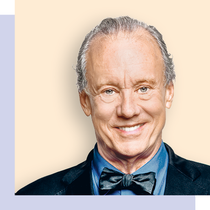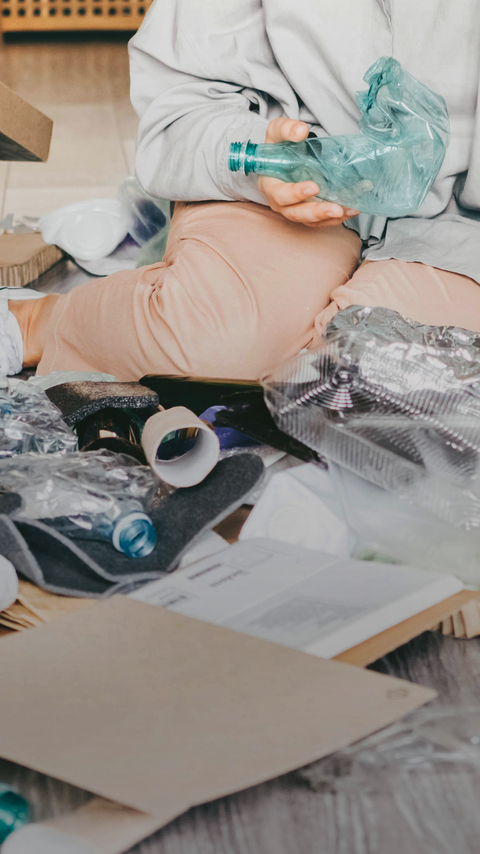Magazine
Waste is food

William McDonough
is an architect and global leader for sustainable development and design. The co-author of Cradle to Cradle: Remaking the Way We Make Things, he is a pioneer of the concept of Circular Economy and is now advancing a carbon management framework integrating actual decarbonization of the atmosphere, as well as recarbonization of the biosphere and technosphere.

Creating Chemistry: Many believe we must reduce consumption to conserve resources and reduce waste. Why do you prefer to talk about an abundance of resources?
WILLIAM MCDONOUGH: As a child, I lived through water shortages in Hong Kong, but spent summers in Washington State, with its abundance of trout, salmon and oysters, and vast areas of forest. So I went from scarcity to abundance. I always ask how we can look at things from the opposite point of view and reframe the debate. What if we can redesign systems that deplete sources in nature and instead design ways to turn them into resources to keep them circulating in positive, healthy ways? That is how nature creates abundance.
How does that apply to waste?
We must eliminate the concept of waste; in nature there are only nutrients that feed the next cycle of growth. Biology shows us that life is created through the energy radiating from the sun combining with carbon in the atmosphere. Healthy growth depends on having sources of income, like solar energy and carbon, and on an open system of chemicals operating to the benefit of the organisms and their reproduction.
If waste is just a resource in the wrong place, can we think of carbon in the same way?
Many societies have now “demonized” carbon, but life is based on carbon. Atmospheric carbon emissions are effectively a toxin, a material in the wrong place, at the wrong dose and wrong duration. In the right place, carbon is a source of life and a resource and a tool. It is unusual in that it can be both a material and a fuel. In order to bring countries across the world together to solve climate change, we need to include economies based on hydrocarbons and give them a common roadmap to managing carbon cycles in regenerative and circular economies.
What exactly do you mean by “carbon in the circular economy”?
We need a new language of carbon that identifies three categories: living carbon, flowing in biological cycles, providing food, forests and soil, which is “carbon positive”; durable carbon, locked into stable solids such as coal or limestone, or recyclable polymers that flow in technical cycles, which is “carbon neutral”; and then there is fugitive carbon, such as CO2 from burning fossil fuels, deforestation, industrial agriculture and much urban development, which is essentially “carbon negative.”
We need to develop tools to keep both living and durable carbon in circulation. Synthetic chemistry, for example, is crucial to organize hydrocarbons and plastics into durable polymers that are recycled so that the carbon doesn’t become fugitive. This is how we avoid plastic bottles ending up in the ocean and is a good example of integrating durable carbon in the circular economy.
What might waste management look like in the city of the future?
The city of the future does not see waste; it sees nutrient management. For example, if food waste is seen as biological nutrient management, it will have compostable food containers and avoid hybrids of materials that can’t be separated or recovered. It will have mechanical and chemical recycling of polymers. A city that recycles at the level of base monomers is coming. Everything’s an asset and everything’s designed for reuse.

